Hipsters and Hobos: Learning by Becoming in a Retro Virtual World
Introduction:
The following describes a pilot study conducted in Second Life with students at UNC Charlotte. It was conducted over several semesters, and later presented by Lorraine Stanton at Educause SE Regional Conference, May 30, 2013.
How the study came about…
After attending a faculty development workshop on Second Life, instructors in two undergraduate American Studies courses (about the 1950s and 1930s) wanted to use the virtual world to enhance their courses. With feedback from the instructors, the instructional designer (Stanton) developed virtual simulations of 1930s and 1950s towns, along with training materials and activities which would allow the student to have experiential learning about course-related topics. The students were expected to engage in social and self-guided activities in the virtual world, and later share their impressions about how using the virtual world impacted their learning experience.
The pilot study sought to answer…
- How did students feel about learning to use Second Life itself?
- What did they like least and most about the virtual simulation of the decade they were studying?
- Did their Second Life learning activities help reinforce course objectives?
- What were their impressions of the technical aspects of using Second Life?
- What were their overall impressions, good or bad, about using Second Life for class?
- What would they like to see modified in Second Life for future courses?
- Would they continue using Second Life for their own purposes after the course was done?
Initial Training:
Students attended a 75 minute in-person training session in which they created and customized their avatar, accessed their virtual simulation, and practiced navigation in Second Life.
Participation in Learning Activities:
All students were required to dress and speak in the lingo of the era. The towns had free clothing for males and females in the styles of the era and students were encouraged to customize their appearance. Assistance was provided in the course’s online discussion forum and with tutorial videos. Students engaged in self guided or social activities such as hunts, in-world discussions, dances, role-playing, accessing videos, music or media, poetry readings, and touring art galleries of the era. Students also had one “full class” lecture in an SL auditorium, with the professor talking in voice and using PowerPoint slides. Each activity generally had a threaded or live discussion, quiz or reflective essay for students to complete after their Second Life learning activity.
Qualitative Questionnaire:
To help decide whether the use of a virtual world had been considered valuable by the students, a questionnaire was administered to some of the American Studies students, consisting of all open-ended, short essay questions. 25 students elected to participate in the questionnaire.
Common themes from data:
Opinions About Training
- In-person training helped, but SL was still very hard to learn
- Could have ideally used more or longer training
- Training interfered with class time
Technical Aspects
- Requirements too high for personal computer
- Somewhat inconvenient to come to lab if SL didn’t work at home
- Interface of SL was difficult or frustrating, not intuitive
- Hard to navigate with avatar and find where they needed to go
Positive Aspects of Using SL
- Can work from home sometimes
- Was fun, engaging or entertaining
- Was novel, new, different, unique
- Fit with some individual learning preferences
- Helped reinforced culture of times
- Enhanced creativity or imagination
Negative Aspects of Using SL
- Too much effort for using too seldom
- Doesn’t fit all learners’ preferences
- Some content (e.g. video or audio) could be delivered in an easier tool
- Did not always clearly reinforce course objectives
- Can be distracting or detract from learning
- Simulation was not perfectly authentic
- Most would not use later for personal use
Preferred Features of the Simulation Itself
- Feeling of immersion in the decade
- Art museum with interactive art exhibits
- Theatre/Film clips able to be viewed within context of simulation
- Diner/Dancing in period clothes in authentic atmosphere
- Music of the era being played within the simulation
- Free period clothing, many avatar customization possibilities
- Replica automobiles on display in town
Student “Wish List” for Additional Features of the Simulation
- More activities and things to do in general (more activities were later added)
- Simulation was too”lonely” if no one else was around (fake avatars were added which satisfied this wish)
- Add content about celebrities such as Lucille Ball or Marilyn Monroe (wax museum type exhibit)
- Rideable automobiles (rather than cars being display-only models)
- Replicas of suburb street and homes added outside the downtown area
- Sporting arena and sporting event (Note: a boxing match was later added per this request)
Conclusions:
Pilot data showed that….
All students made both positive and negative comments. Students were generally engaged by the virtual world and found it interesting, fun and different. However they also found it difficult to use. Students complained that it took a lot of effort to learn Second Life and then it was only used a few times for class, so they actually suggested that it should be used more often. This implies that effort expended should be commensurate with the amount of use, so students could feel that their efforts are worthwhile.
Students had mixed feelings on holding a live class session in SL when there were too many in the group, since it caused distraction and lag. Smaller group activities were preferred. Social learning activities in SL were also preferred over solitary “hunts” in SL for information, objects or places. Students enjoyed creating their own content by acting “in character”, engaging in activities from the era (such as dancing), and originating a discussion in the lingo of the times. They made statements to the effect that this type of role-play was helpful in understanding what a person from that time enjoyed, did for fun, or cared about. However they also noted that the connection of role-play to learning goals was not always clear. This shows that use of the role-play should clearly reinforce class objectives and that a strong connection should be made between SL activities and learning goals. Reflective essays or threaded discussions helped students relate the SL learning activity back to course content, reinforce its learning value.
The study helped identify technical needs and concerns, as well as mixed student perceptions of a virtual world’s learning value. It reinforced that in-depth training and support is needed to use this tool. The study showed that students enjoy social learning and immersion in an era, but also need to understand the learning value of the activities they are asked to do. A clear connection should be made between virtual activities and class learning objectives. In moving forward, a broader mix of qualitative and quantitative data could increase understanding of students’ perceived learning benefits of virtual worlds.
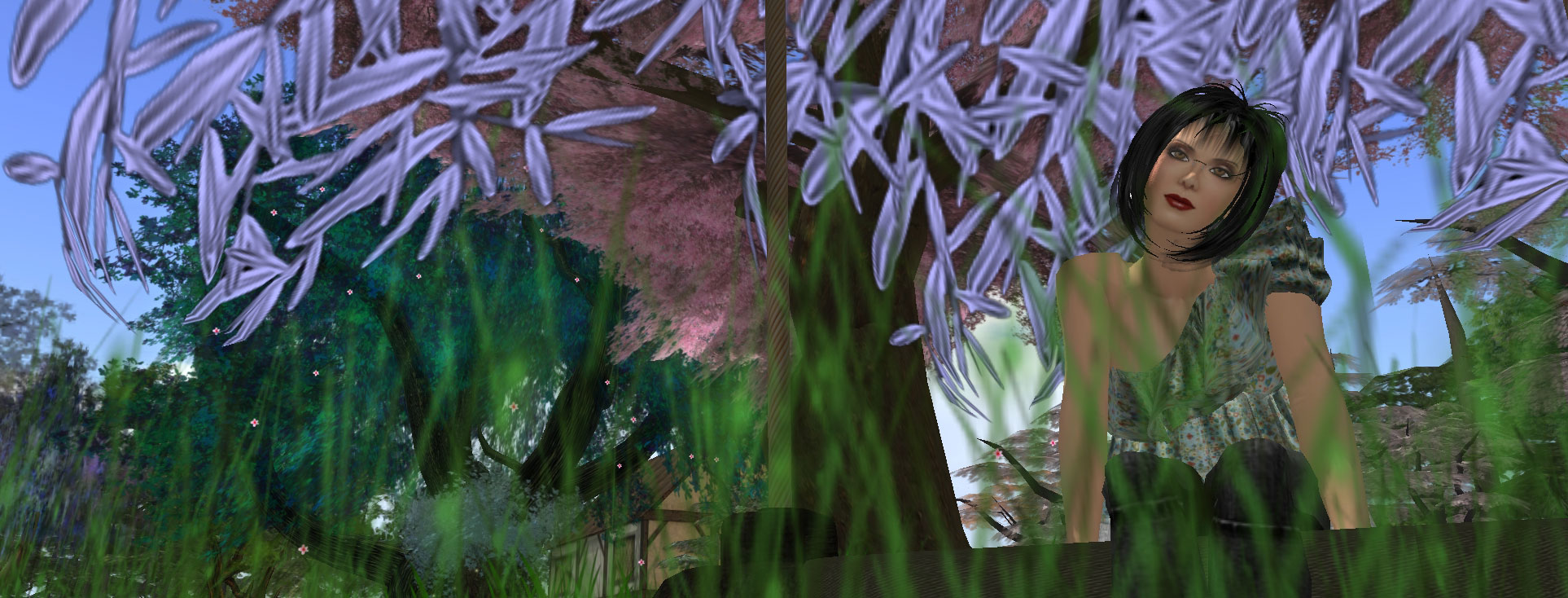
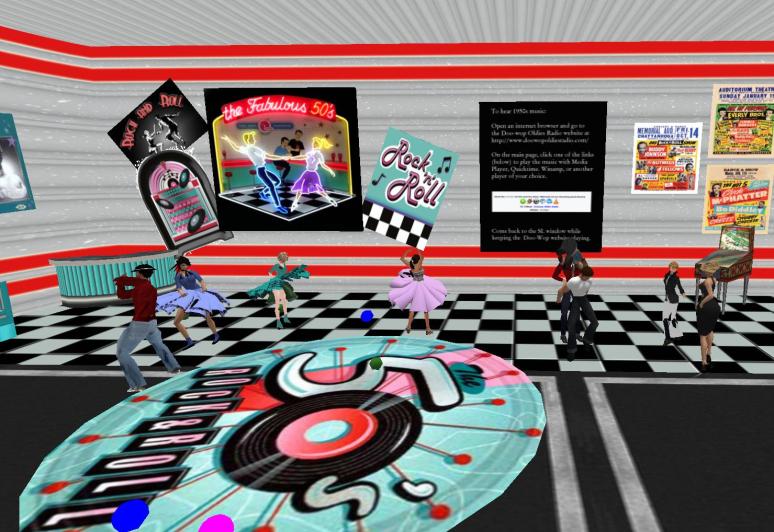
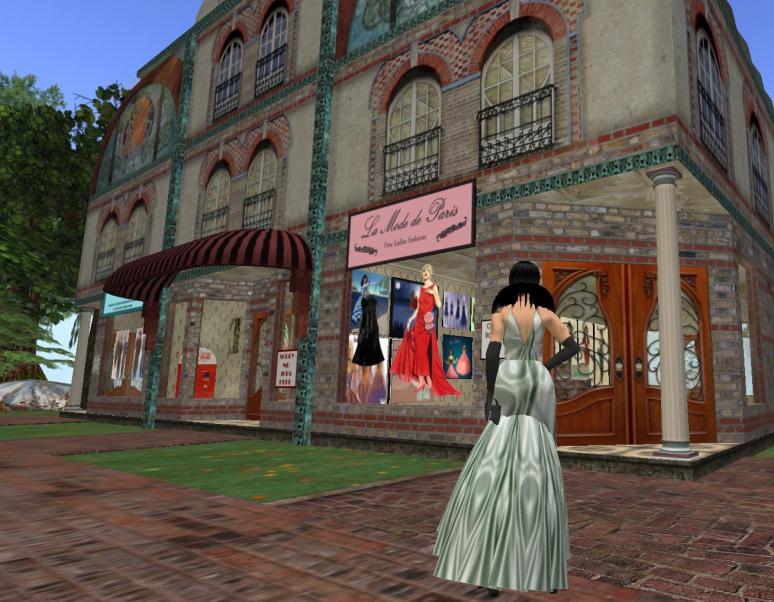
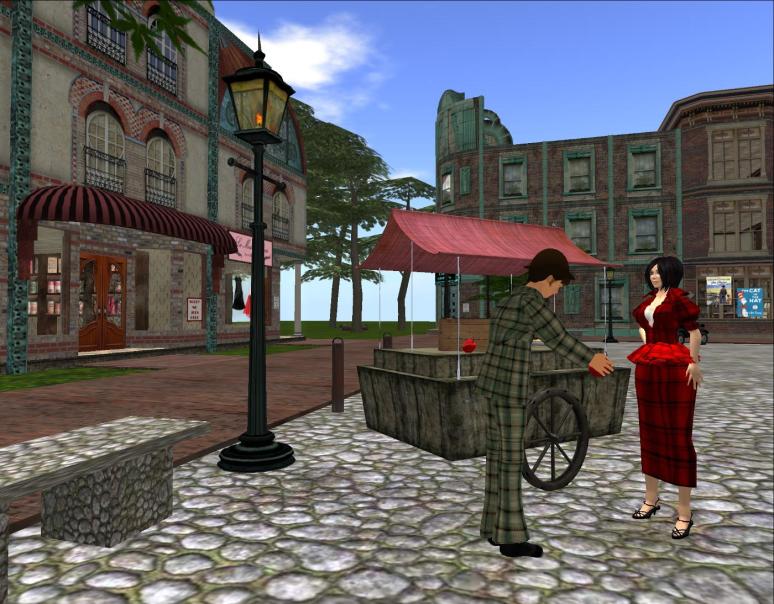
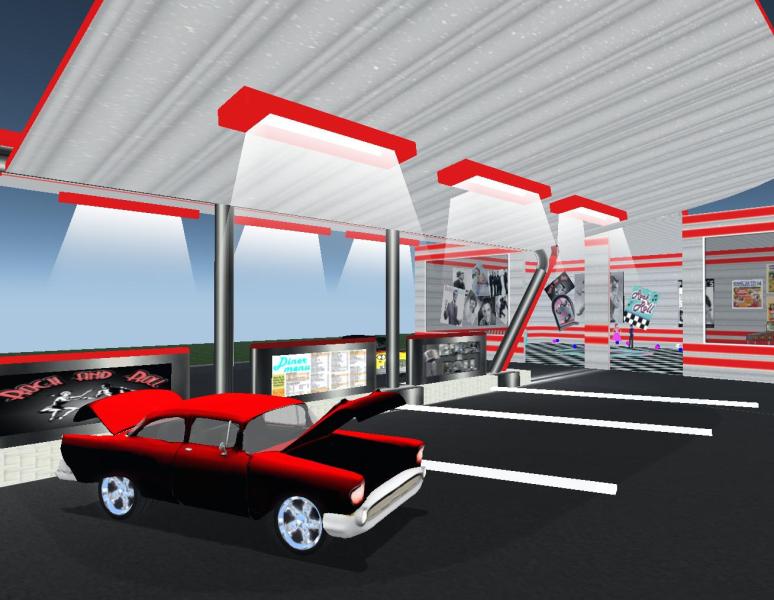
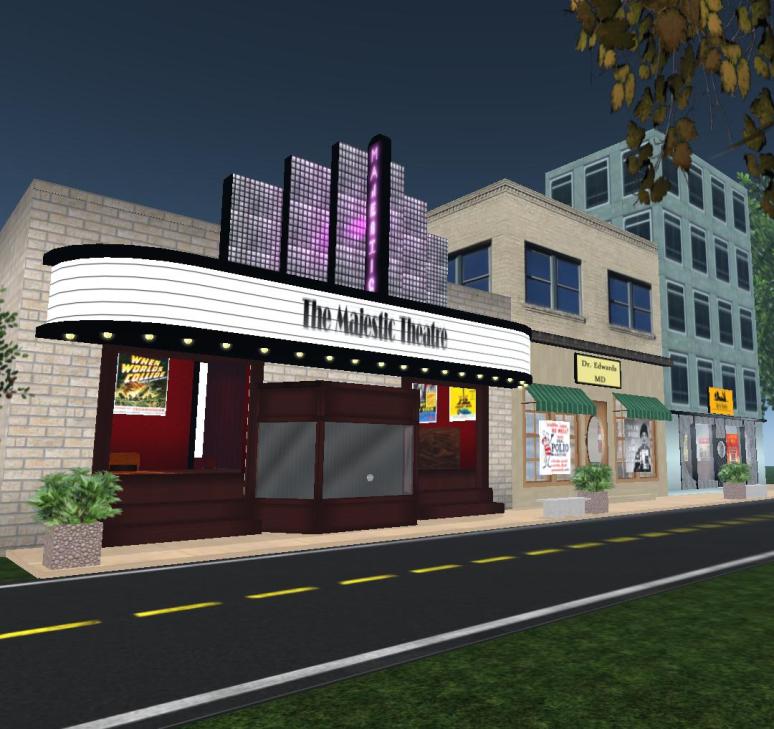
Reblogged this on limfablog.
Howdy! This blog post couldn’t be written any better!
Looking through this post reminds me of my previous roommate!
He always kept talking about this. I’ll forward this article to him.
Fairly certain he will have a very good read. I appreciate you for sharing!